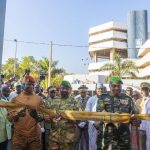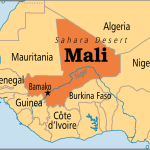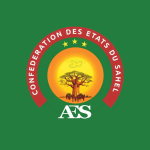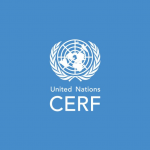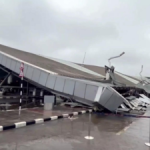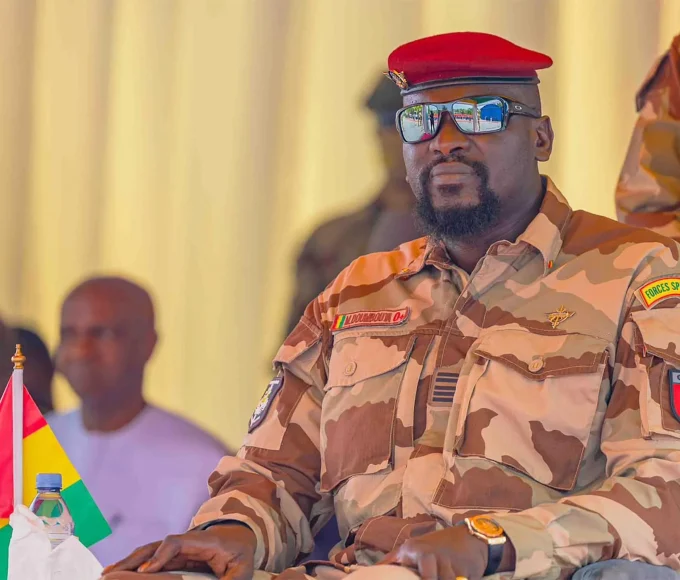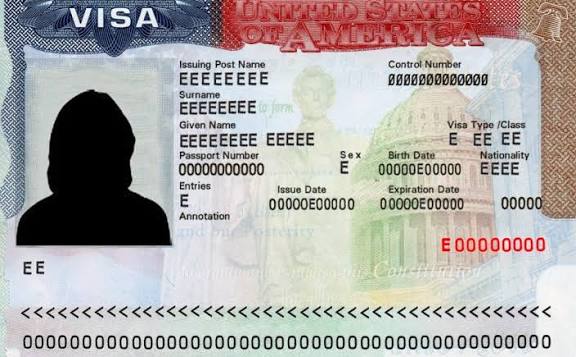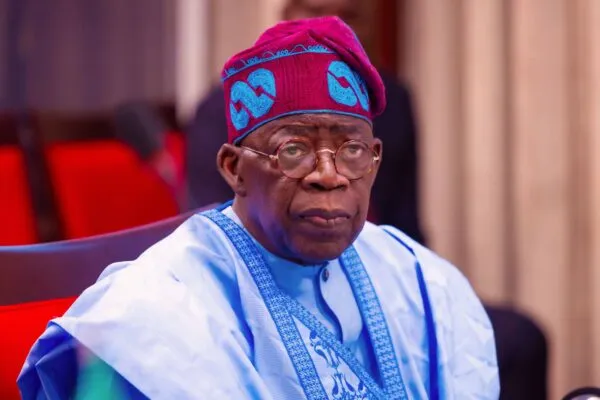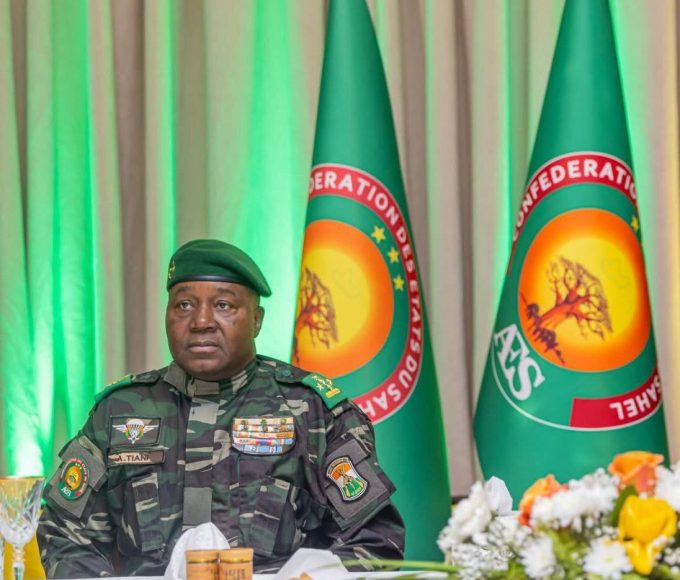
Iran Holds Presidential Election After Raisi’s Death In Helicopter Crash
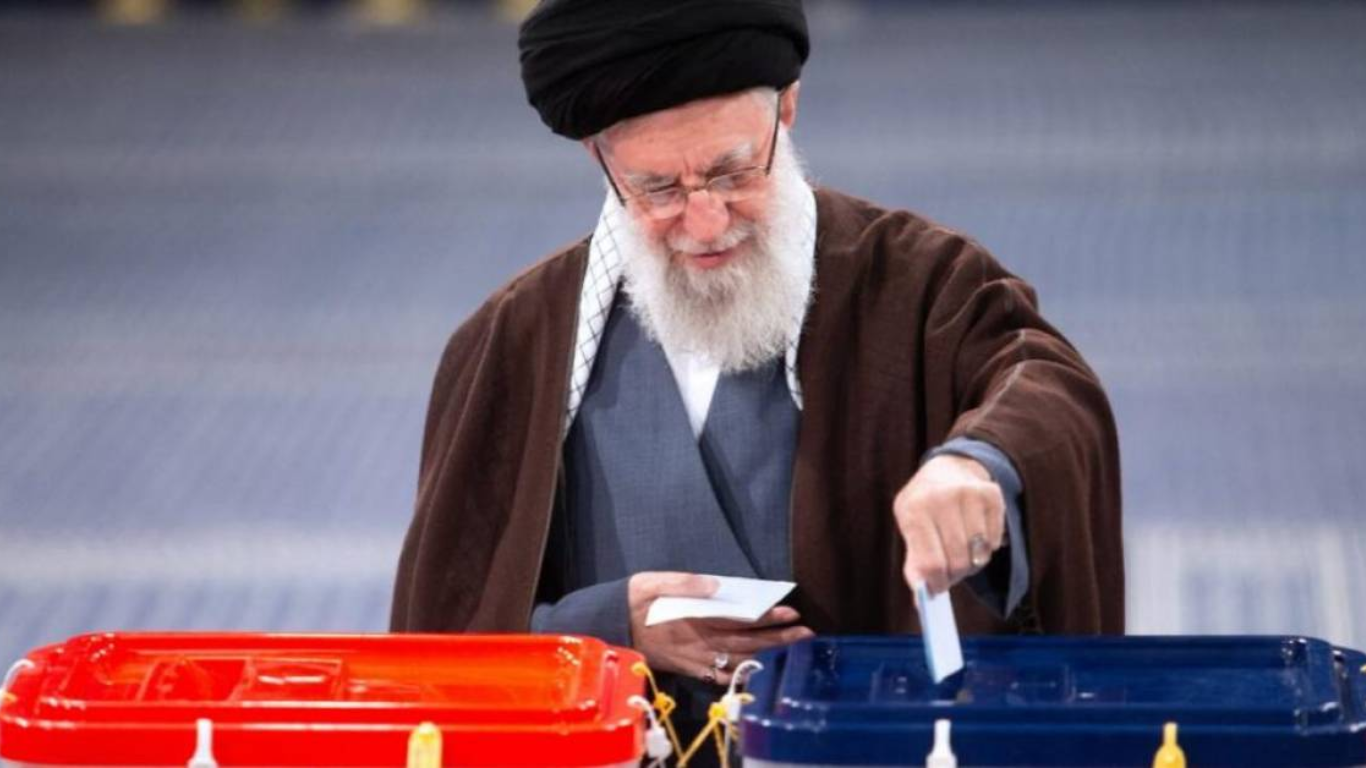
Following the death of President Ebrahim Raisi in a helicopter crash, 61 million eligible voters of 89 million population in Iran on Friday goes to poll to elect a new president for their country.
The presidential elections, which began at 8:00 a.m. and were initially set to close at 6:00 p.m. local time, may see an extension, according to local reports at the discretion of the Ministry of Interior.
As the poll commenced, the leader of the Islamic Revolution, Ayatollah Ali Khamenei, cast his ballot in the early morning hours, stating that “participation in the polls is essential for the viability of the Islamic Republic system.”
Durability, consistency, dignity and reputation of the Islamic Republic in the world depends on the presence of the people,” the leader remarked.
In addition, Khamenei called on Iranians to turn out massively in the presidential election, noting that “This is a definite need for the Islamic Republic.”
With the opportunity to present a new president, four candidates emerged in the race: Mohammad Bagher Ghalibaf, Massoud Pezeshkian, Mostafa Pourmohammadi, and Saeed Jalili.
These candidates have a shared history; they are all lawmakers holding a position in the Islamic Republic government.
Jalili, a vital member of the Supreme National Security Council of the principlist camps; Ghalibaf, a current speaker of the Iranian parliament; Pezeshkian, a sitting lawmaker from Tabriz, representing the pro-reform faction, while Pourmohammadi represents the centrists.
At the last minute, two candidates, Tehran mayor Alireza Zakani and former MP and vice president Amir-Hossein Ghazizadeh Hashemi, withdrew their candidacies on Wednesday and Thursday, respectively.
Meanwhile, the election talking points for these candidates rallied around the US nuclear deals, Western sanctions, and regime sentiments that a loyalist would emerge as the winner.
Read more: India: Roof Collapse At New Delhi Airport Kills One, Injures Eight
About The Author
Mayowa Durosinmi
author
M. Durosinmi is a West Africa Weekly investigative reporter covering Politics, Human Rights, Health, and Security in West Africa and the Sahel Region
Mayowa Durosinmi
M. Durosinmi is a West Africa Weekly investigative reporter covering Politics, Human Rights, Health, and Security in West Africa and the Sahel Region
Related Articles
Guinea Junta Leader Doumbouya Declared Winner of Presidential Election
Guinea’s military ruler, General Mamady Doumbouya, has been declared the winner of...
ByWest Africa WeeklyDecember 31, 2025Mali and Burkina Faso Impose Reciprocal Travel Curbs on U.S. Citizens
Mali and Burkina Faso have announced reciprocal travel restrictions on citizens of...
ByWest Africa WeeklyDecember 31, 2025The American Airstrike in Nigeria Wasn’t Just About Terrorism — It Exposed That Nigeria Is No Longer a Sovereign Nation
On Christmas Day, a foreign military bombed Nigerian soil, and Nigerians did...
ByWest Africa WeeklyDecember 26, 2025Niger’s Tiani Sets Out “Security First” Doctrine at AES Summit, Signals Complete Break from Old Order
At the AES summit bringing together Burkina Faso, Mali, and Niger, Niger’s...
ByWest Africa WeeklyDecember 23, 2025


